By Alessandra Ressa
Did you know that in 1956 there were thirty-five cinemas in Trieste?
Considering the size of our town then, it seems obvious that Triestini loved going to the cinema. In fact they loved it so much that every peripheral neighborhood had its own. In addition to the official thirty-five movie theaters, every parish had a cinema hall where kids could go on Sundays after mass to enjoy old “spaghetti Westerns”, Bible-inspired American colossals, musicals and comedies.
Where have all the cinemas gone? What happened to cinemas in Trieste is what happened to most cinemas in the Western world. Videocassettes first, DVDs after, cable television, internet, pay-per-views, and now streaming services slowly and inexorably reduced the audiences, thus crushing independent movie theaters one by one, turning them into shops, parking lots, gyms, offices, or rubble. Triestini today prefer to go out for aperitivo, and watch films in the privacy of their homes.
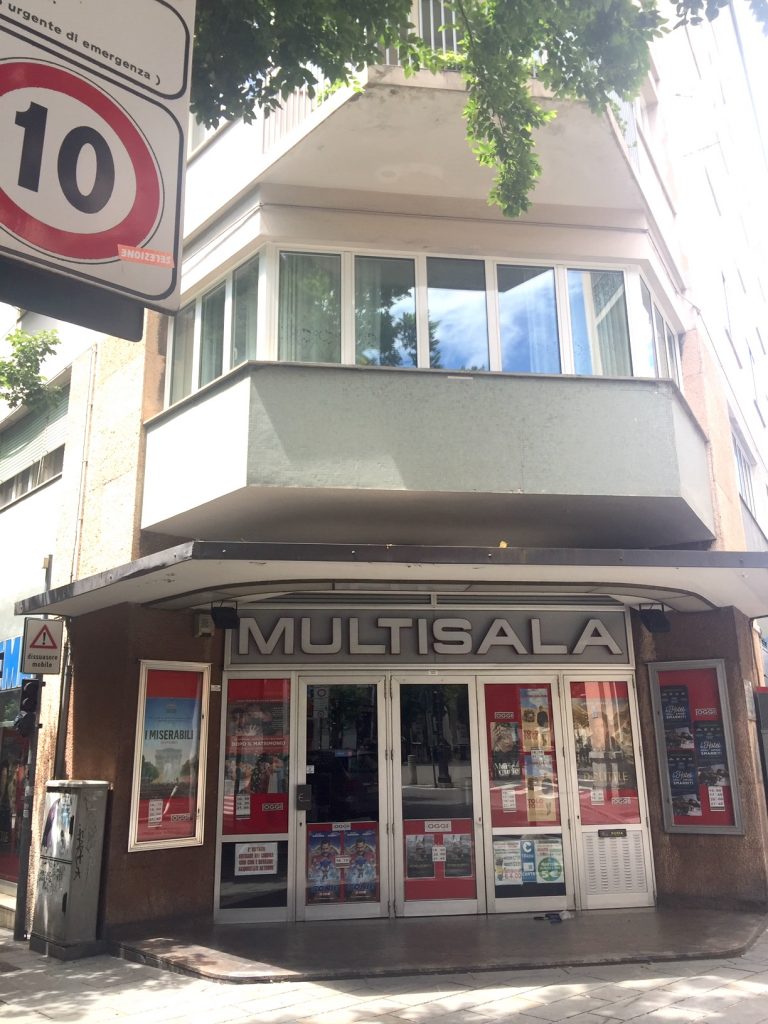
Out of the thirty-five there were only eleven cinemas left by 1989 in Trieste. Today there are only seven. The last one to close its doors only three years ago was the lovely Cinema dei Fabbri, near Cavana.
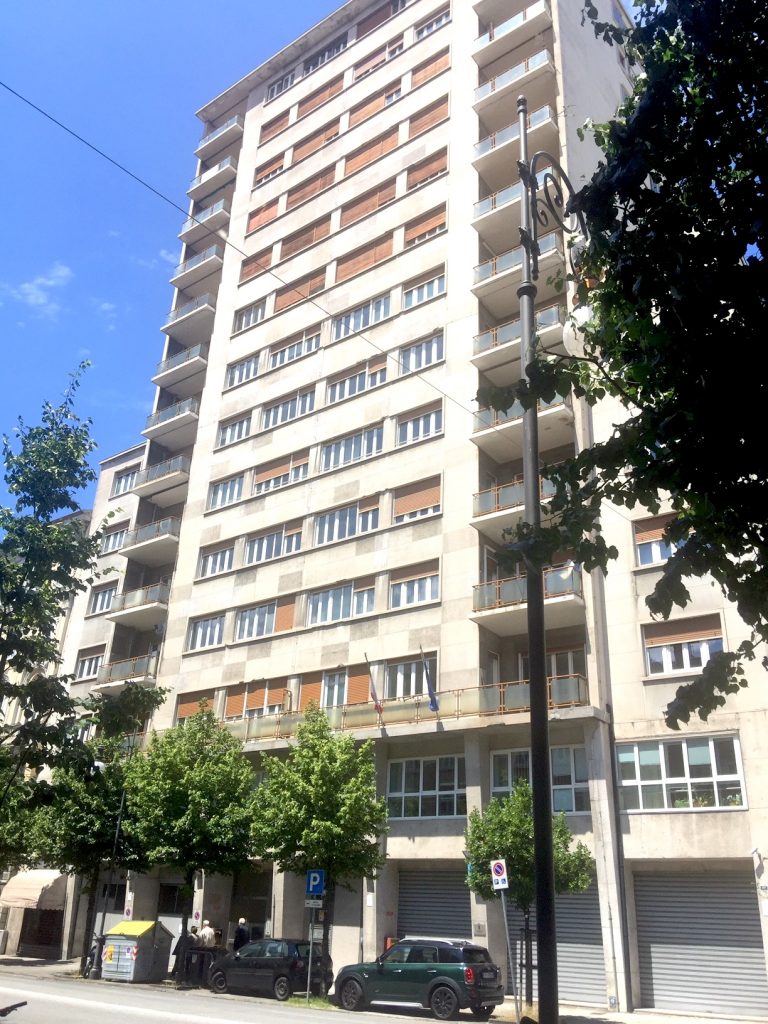
Most cinemas were located in places you are probably familiar with. A very popular cinema, originally named Grattacielo, was in Via Battisti inside the ugly skyscraper squeezed between 18th century buildings. It was replaced by garages, and the offices of the Italian social security INPS.

Another popular cinema was located inside the Fenice gallery between via Battisti and via San Francesco. It was appropriately named Fenice after the pre-existing theater caught fire several times. The cinema wasn’t so lucky though, and eventually it was replaced by yet another parking lot, which kept the same name.
Cinema Impero, in via Battisti, was replaced by a pet shop, the Ritz, in via San Francesco, by a home depot, while cinema Aurora in via del Bosco is today the temple of the Jehovah’s Witnesses.

At the end of Viale XX Settembre, by the sly fountain, another elegant hall, cinema Excelsior, entertained generations of Triestini. It was replaced by a gym ten years ago. In Piazza Oberdan, where a bank stands today, used to be cinema Odeon. Just to name a few. San Giacomo, San Luigi, Gretta, Opicina, all neighborhoods had their own cinema halls, some even outdoor for the warm summers.
Nothing remains to remember the glorious past of most of these cinemas. Some have been demolished and only live in the memory of older residents.

It’s not the case of the little cinema Alcione in San Vito. Of outstanding, if decadent, beauty, it is luckily still standing today, although it no longer functions as a movie theater. Cinema Alcione, in via Madonizza, is located away from the aristocratic villas of San Vito, and closer to the working class public housing of the neighborhood.
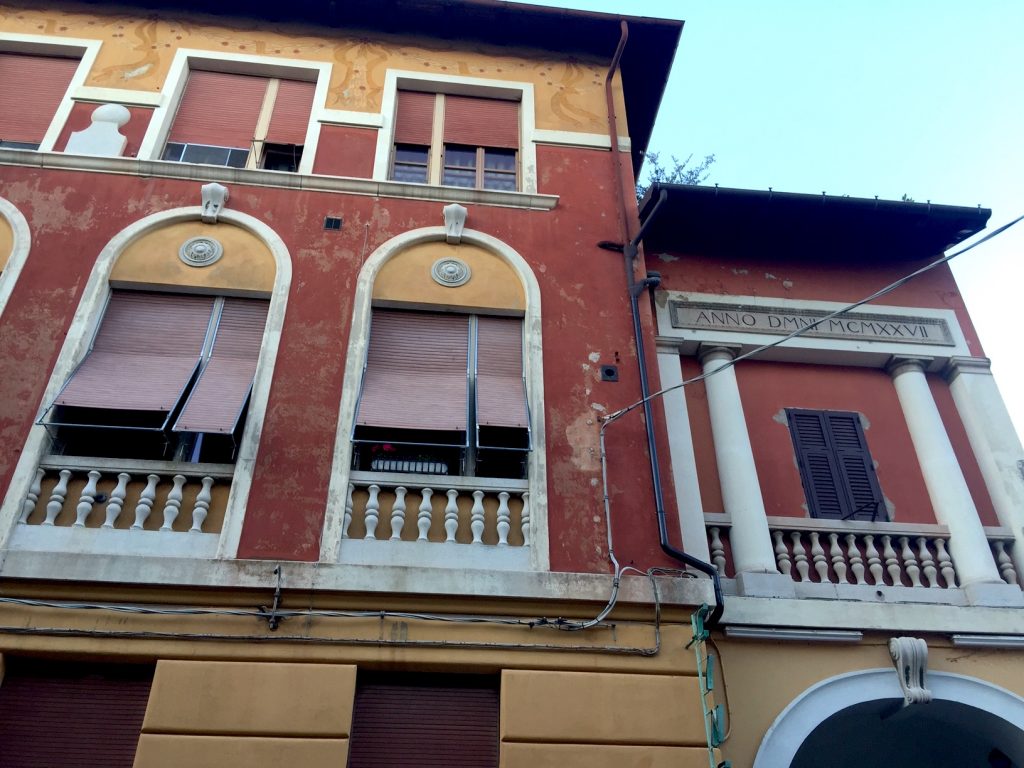
Built in 1927, it served as cheap and very popular entertainment for the residents. The uncomfortable wooden chairs and the thick smoke from cigarettes were characteristic of cinemas in those days, but people didn’t complain as going to the cinema allowed to forget reality and live a dream, if only temporarily. Unlike other neighborhood cinemas, which shut their doors one after the other between 1980s and 1990s, Alcione managed to survive until 2008. Diminishing public, high rent and the complicated bureaucracy that hampered finding an agreement with the owner, the Italian national railway, which considered the property too valuable and ready for sale, forced the manager to put an end to its activity. Today there’s a martial arts center.
Heartbreaking is the story of cinema, and before that theater, Filodrammatico, in via degli Artisti, where James Joyce used to sit in the audience. Today it is reduced to rubble. Not even a miracle could save it from its doom.
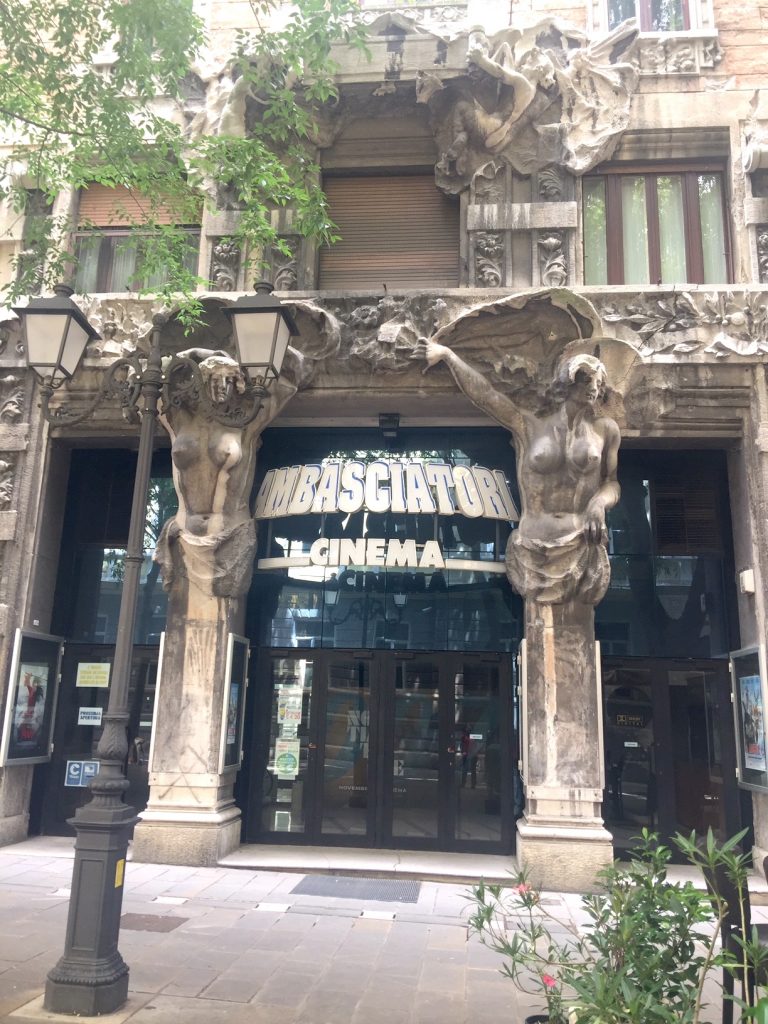
Of the seven surviving cinemas, five are privately owned (by the same family) and located in the Viale XX Settembre area (Nazionale, Ambasciatori, Giotto, Fellini and Super). They mostly show blockbusters, but you can often find minor productions. Another independently managed cinema is Ariston in viale Romolo Gessi, with its cinema d’essay. In both premises you can occasionally enjoy films in their original language.

And finally, The Space, conveniently located in a shopping mall, that enables you to shop, park your car in the huge lot, forget where you parked it, and eventually forget why you came there in the first place, numbed by the shopping mall’s background music. The Space cinemas is the newest generation, you can buy tickets and reserve spots online, enjoy comfortable seating and powerful air conditioning and fill yourself up with junk food. It’s blockbusters only, and it’s more expensive.
But if you are anything like me and you dread the day the number of cinemas will reduce even further, do support independent cinemas in Trieste. They have suffered greatly during the Covid19 crisis, and may not be able to stand back up on their own without the help of the community. Going to the cinema is your window to the world. If you are learning Italian, it is also a great chance to improve the language as most films are dubbed.

























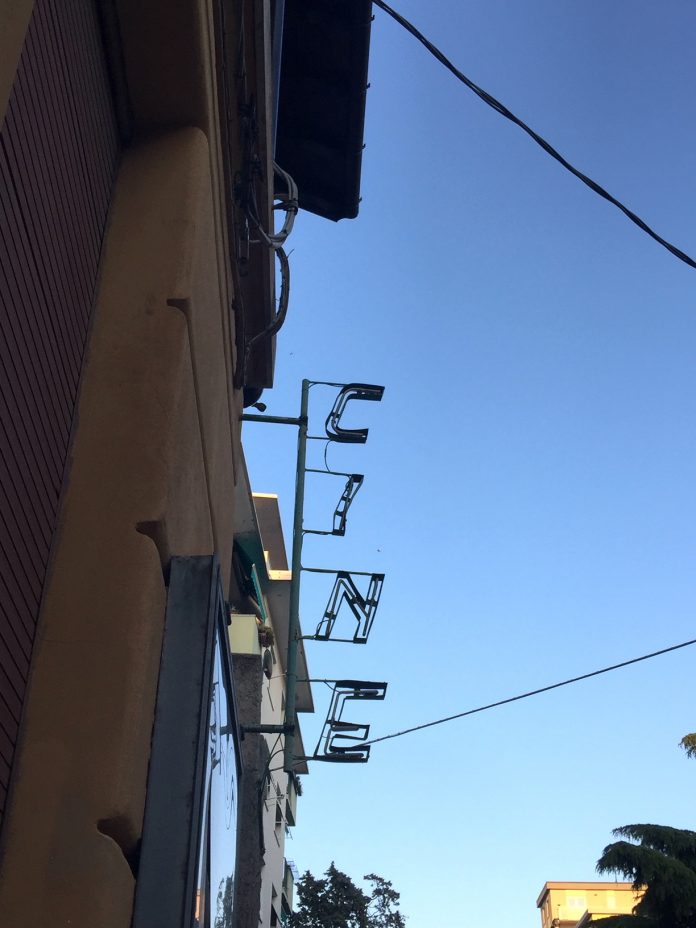




Let’s open a post-covid outdoor international art-house and repertory cinema in Trieste. Might be something kickstarter would fund.